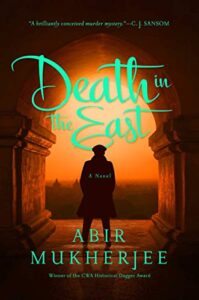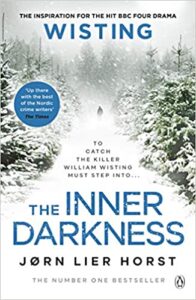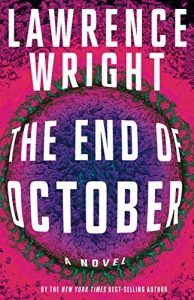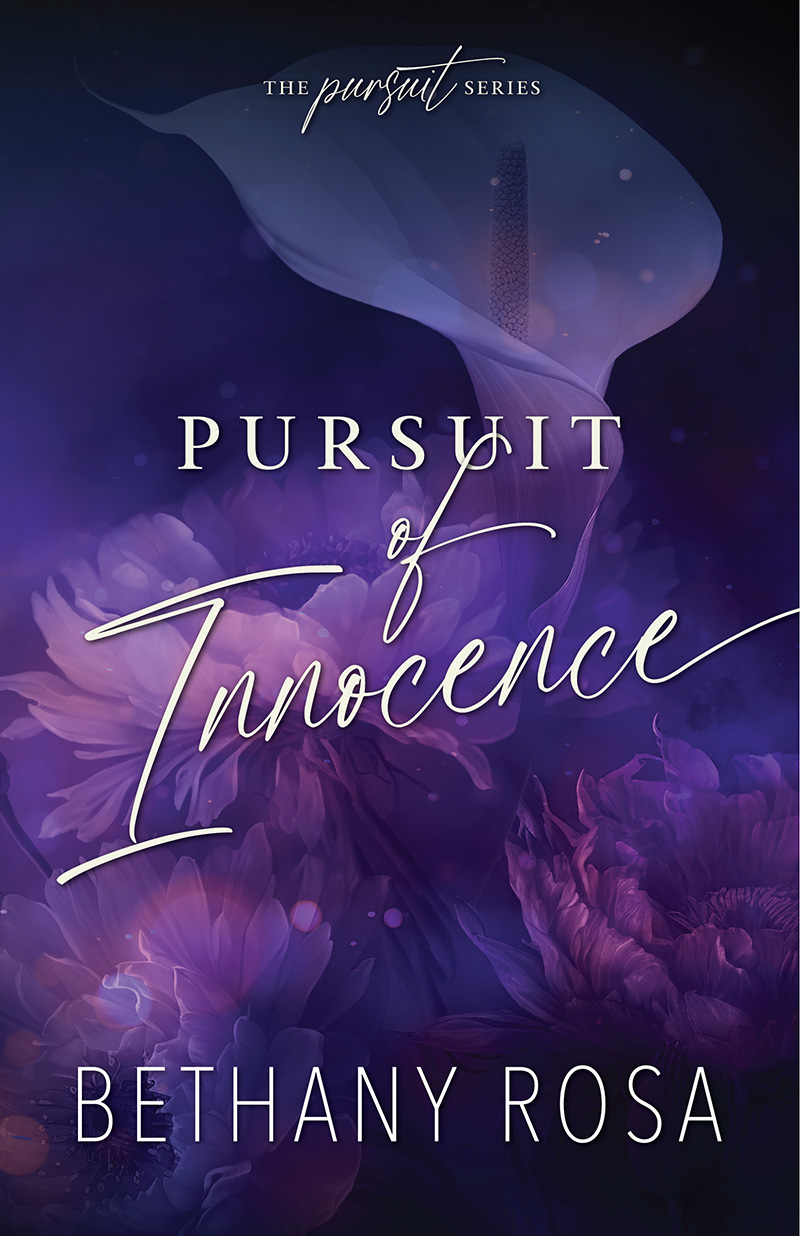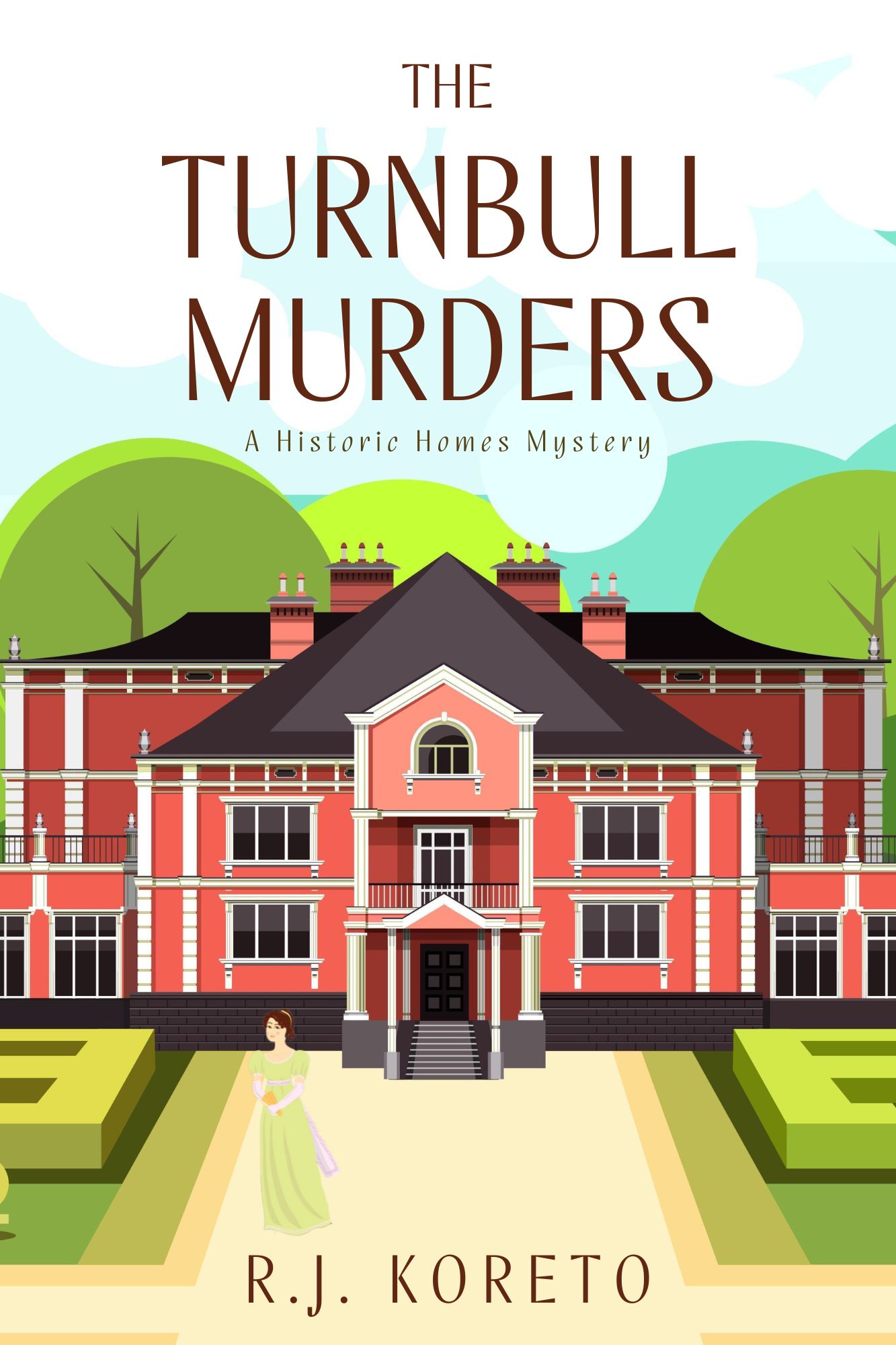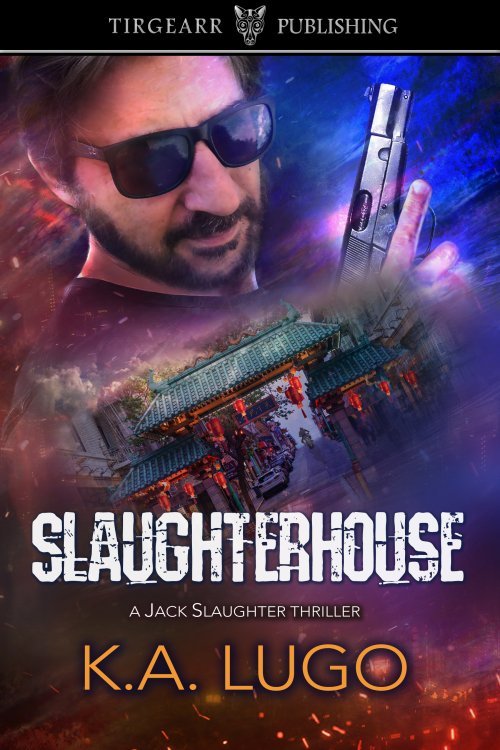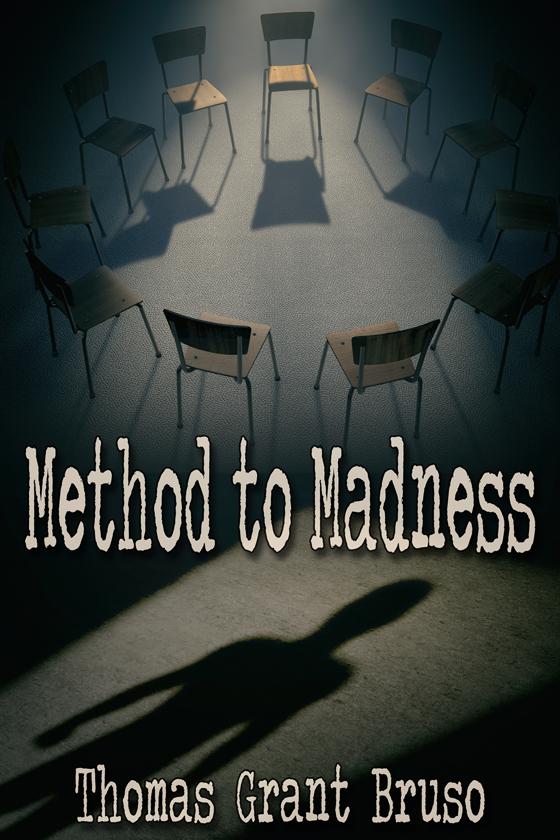Death In The East by Abir Mukherjee
Publisher: Penguin Random House UK
Genre: Historical, Mystery/Suspense/Thriller
Rating: 3 stars
Reviewed by Fern1905, London. As a young constable, Sam Wyndham is on his usual East London beat when he comes across an old flame, Bessie Drummond, attacked in the streets. The next day, when Bessie is found brutally beaten in her own room, locked from the inside, Wyndham promises to get to the bottom of her murder. But the case will cost the young constable more than he ever imagined. 1922, India. Leaving Calcutta, Captain Sam Wyndham heads for the hills of Assam, to the ashram of a sainted monk where he hopes to conquer his opium addiction. But when he arrives, he sees a ghost from his life in London—a man thought to be long dead, a man Wyndham hoped he would never see again. Wyndham knows he must call his friend and colleague Sergeant Banerjee for help. He is certain this figure from his past isn’t here by coincidence. He is here for revenge . . .
After finally admitting his addiction problem, Captain Sam Wyndham has headed into the remote countryside of India at his doctor’s advice, to stay at an Ashram well known for its success in curing addicts. While there, Wyndham has many demons to face, and not all of them drug related. After finally coming out the other end, Wyndham realizes what he first mistook to be hallucinations caused by his getting clean are actually very, very real. Wyndham calls for his friend and colleague, Sargent Banerjee and together they can hopefully make things right again.
I was quite pleased the author didn’t skimp on the complexities and serious nature of Wyndham fighting – and beating – his addiction. This has been a slow burning plot from the very first book of the series and while I can understand some readers mightn’t be pleased that nearly the first three quarters of the book revolves around the Ashram and Wyndham fighting this particular battle I strongly felt such a long running – and life altering for Wyndham – plot deserved a good chunk of the story.
Indeed, the author managed to blend this “current” timeframe of Wyndham in 1922 with one of the very first cases the freshly minted police constable Wyndham ever came across back in 1905. At times I grew a little frustrated with the back and forth between the two timelines – I’m usually not a fan of this style of storytelling – but for the final quarter of the book it became crystal clear why the author had laid everything out in exactly this manner and I was quite pleased with how the two storylines dovetailed together and drew to the climax of the story.
I really love how this series crosses quite a few genres – it is a very well written historical series, also set in Colonial India, which has quite an injection of exoticness about it. It is also a very well plotted British police procedural style of murder mystery which is always a favourite of mine. I definitely feel this book – and the series as a whole – should appeal to quite a wide range of readers. This particular book might be better read in conjunction with at least a few others in this series. I do feel for the best emotional investment and appreciation of how hard this fight and resolution was for Wyndham – getting rid of his drug addiction – some of the background in previous books should give the reader a stronger attachment to this conclusion, but I have to be honest and I do feel this book would read quite well just by itself as well. Readers who find this book by itself shouldn’t hesitate to read it simply because it is one in a series – it holds up I feel exceptionally well just by itself.
Readers looking for a different style of murder mystery or police procedural definitely should give this a go. I enjoyed the plotting, characters and different setting and feel it’s a good book and well worth the read.
